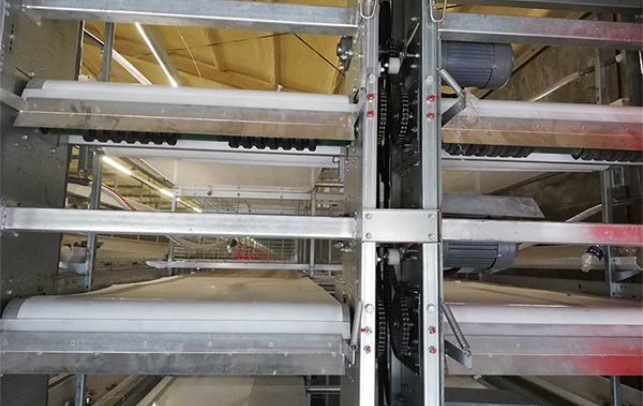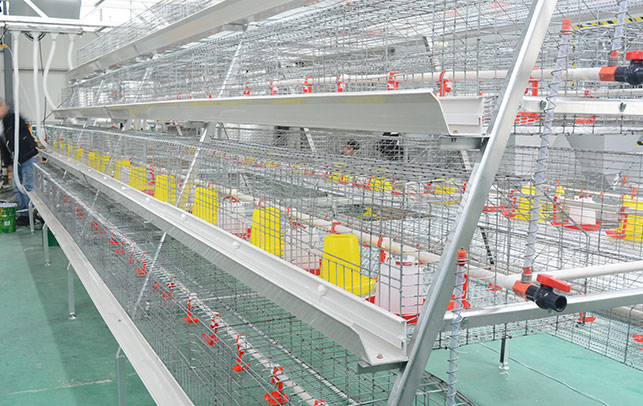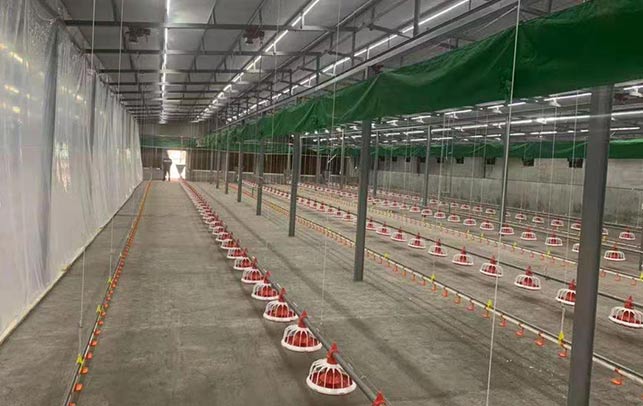How to Set Up a Poultry Farm from Scratch
Time : 2025-03-27
Embarking on the journey to set up a poultry farm from the ground up is an exciting venture that requires thorough planning, dedication, and a deep understanding of the industry. This comprehensive guide will walk you through the essential steps to establish a successful poultry farm. Whether you’re looking to start a small-scale operation or aiming for larger-scale production, the following tips will help you get started.
1. Market Research and Business Plan
The first step in setting up a poultry farm is to conduct thorough market research and develop a solid business plan.
- Market Research: Identify the demand for poultry products in your area. Consider factors such as the local population, dietary preferences, and competition. This will help you determine the type of poultry to raise and the scale of your operation.
- Business Plan: Outline your business objectives, marketing strategies, financial projections, and operational procedures. This document will serve as a roadmap for your poultry farm and will be crucial for securing funding.
2. Choose the Right Location
Selecting a suitable location for your poultry farm is vital for its success.
- Accessibility: Choose a location that is easily accessible to customers and suppliers. Proximity to markets can reduce transportation costs and improve delivery times.
- Space: Ensure that the land has sufficient space for housing, feed storage, and waste management. Consider the size of your operation and future expansion plans.
- Legal Regulations: Check local zoning laws and regulations regarding farming activities. Ensure compliance with environmental and safety standards.
3. Select Your Poultry Species
Decide on the type of poultry you want to raise based on your market research and personal preference.
- Breed Selection: Research different poultry breeds to determine which ones are best suited for your climate, market demand, and farming goals. Consider factors such as egg production, meat yield, and growth rate.
- Lifecycle: Understand the lifecycle of your chosen species, including feeding, housing, and health care requirements.
4. Design Your Facilities
Creating the right facilities for your poultry is essential for their health and productivity.
- Shelters: Build or purchase appropriate shelters for your poultry. Ensure that they provide adequate space, ventilation, and protection from the elements.
- Water and Feed Systems: Install reliable water and feed systems. Clean, fresh water and a balanced diet are crucial for the health and productivity of your flock.
- Health Management: Plan for biosecurity measures to prevent the spread of diseases. This includes designated areas for cleaning and disinfection, and the use of protective clothing for workers.
5. Secure Funding and Suppliers
Securing funding and establishing reliable supplier relationships is crucial for the success of your poultry farm.
- Funding: Explore various funding options, such as loans, grants, and investors. Prepare a detailed financial plan to demonstrate the viability of your business.
- Suppliers: Identify and establish relationships with suppliers for feed, equipment, and other necessary materials. Negotiate contracts and ensure that suppliers meet your quality standards.
6. Staffing and Training
Recruit and train a competent staff to manage your poultry farm.
- Recruitment: Hire experienced professionals or trainable staff members who are passionate about farming and committed to the success of your business.
- Training: Provide ongoing training on farm operations, animal husbandry, and biosecurity practices. Regularly update staff members on new techniques and industry best practices.
7. Marketing and Sales
Develop a marketing strategy to promote your poultry products and reach your target market.
- Branding: Create a strong brand identity that reflects the quality and uniqueness of your products.
- Marketing Channels: Utilize a mix of marketing channels, including social media, local advertising, and partnerships with grocery stores and restaurants.
- Sales Strategies: Offer competitive pricing, discounts, and incentives to attract and retain customers.
8. Monitoring and Evaluation</h
Regularly monitor your poultry farm’s performance and make adjustments as needed.
- Performance Metrics: Track key performance indicators, such as egg production, feed conversion rates, and flock health.
- Continuous Improvement: Be open to feedback and make necessary changes to improve efficiency, productivity, and sustainability.
Conclusion
Setting up a poultry farm from scratch requires careful planning, dedication, and a passion for farming. By following these steps, you can establish a successful and sustainable poultry operation. Remember that continuous learning and adapting to the changing industry landscape are essential for long-term success.











